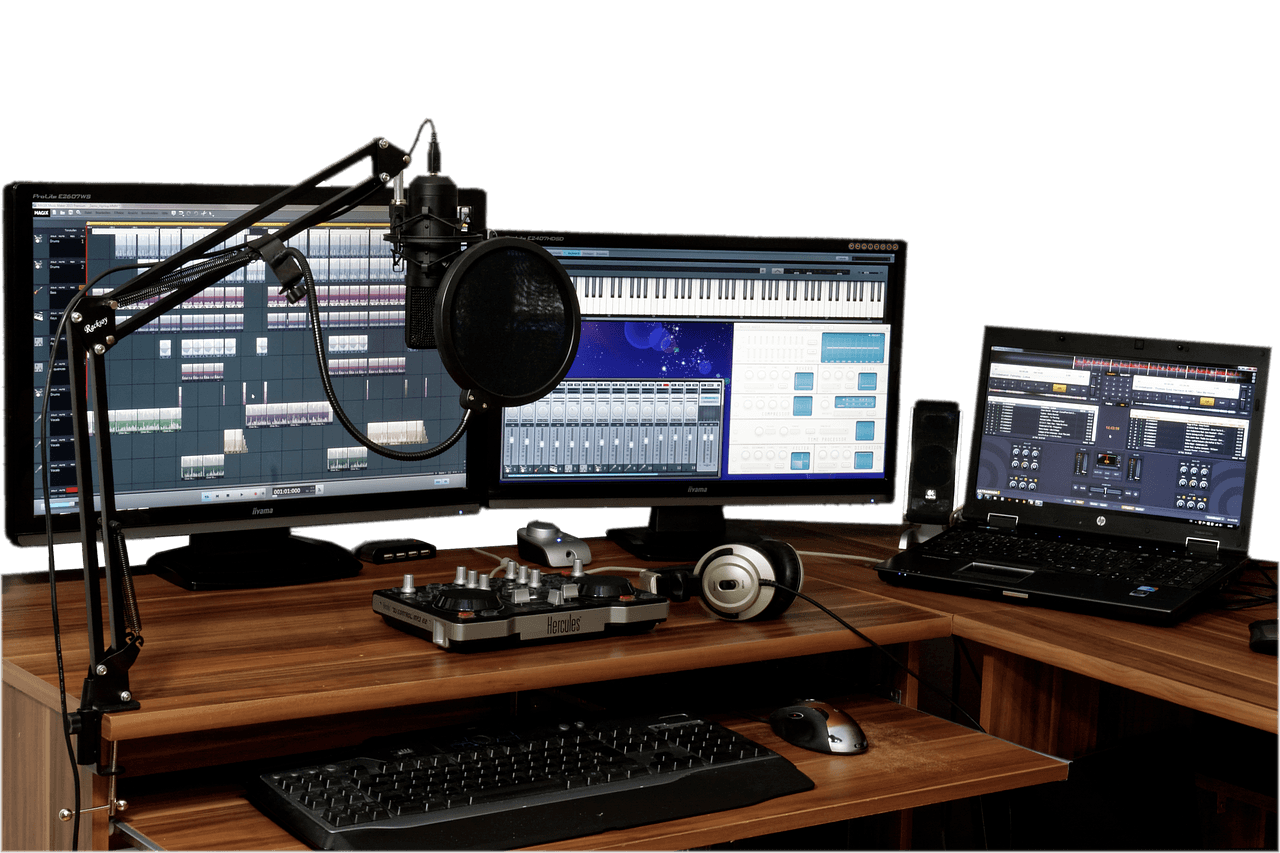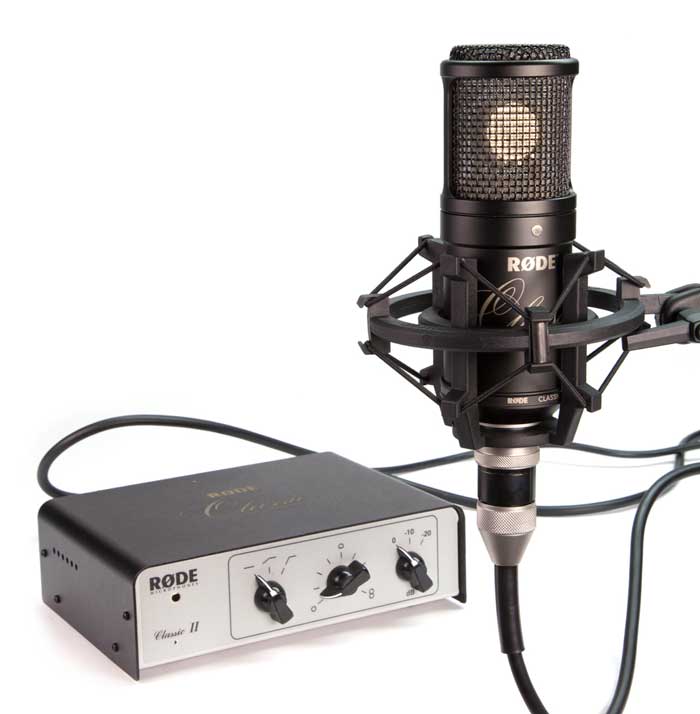
What is a home studio?
A home studio is an area in your home that you have designated to set up your voice over recording equipment. Ideally, it is the quietest area of your house. For some that may be the basement or bedroom, and believe it or not, a walk-in closet! In fact, over 90% of local and regional radio and television voice-over work is recorded in small private home studios. It is not cost-effective to rent a recording studio for every audition you do. Without a home studio, it would be nearly impossible to compete in today’s voice-over market.
What are the benefits of having your own?
No commute time – your home studio is set up in your home! You get to create your own work environment and work structure. You’ll have the ability to record your voice-over work at no additional cost, and with no time constraints that come along with working at your local recording studio.
What kind of equipment does it take to build my own home studio?
Another benefit of having your own home studio is the ability to personalize your creative space. Spruce it up with lights, photos, and other decorative pieces, but don’t forget about the important part – the home studio equipment. Such A Voice’s Home Studio Specialist, Ben Marney, put together the ultimate home studio equipment checklist:
✔ A relatively new computer (Mac or Windows)
You want to make sure your computer is up-to-date and operating at optimal speed. Slow and steady in this case does not win the race.

Large diaphragm condenser microphone
✔ A large diaphragm condenser microphone
Your microphone helps amplify your voice, and ideally, you want a microphone that delivers top-notch sound quality. A large diaphragm condenser microphone is considered the go-to mic in the voice-over industry, with their main technical advantage being their noise performance.
✔ A USB computer interface
A recording interface is your connection between your microphone and your computer. Typically a recording interface will include preamps that help amplify the sound. It’s also responsible for converting the analog microphone sound into digital information that your computer can use. Working with an analog microphone and a recording interface typically yields better results than going directly into your computer with a USB microphone. When recording, it’s important to have the switches on the interface set to the right decibels to get the best sound quality.
✔ Studio monitor quality headphones
It’s an absolute must to have a good pair of headphones. You will use them for directed sessions and, when needed, to hear your own voice for recording or editing. Invest in a good pair, and you won’t regret it!

Can’t have a microphone without headphones!
✔ A microphone stand
By standing up and being able to use more body language in your reads, you’re in a better position to be more expressive. Stand up behind the mic and rock it!
✔ A pop filter
When emphasizing strong ‘B’ or ‘P’ words, a vocal pop can occur. Pop filters are there to help diminish those sounds and make your reads sound much clearer.
✔ A good DAW (digital audio workstation) software
As you begin to develop your career as a voice-over artist, you’ll become more and more comfortable with using DAW software. Plus, Ben Marney offers

Microphone with pop filter
home studio support sessions to Such A Voice students.
✔ Acoustic treatment around the microphone
Proper treatment can prevent echoes and ambient background noise, which is an important element of creating quality audio recordings. Materials that can be used to absorb ambient noise include quilts, curtains, moving blankets, pillows, comforters, foam rubber acoustic panels, etc.
What kind of home studio support does SAV offer?
Ben Marney is your go-to guy here at SAV with any kind of questions related to home studios and DAW software. When you enroll in our voice-over training program, you can get access to home studio equipment and software tutorials created by Ben. Most of our programs include one-on-one sessions with Ben to help you master your home studio recording capabilities as well.
The Such A Voice team is here to support you with building and developing your voice-over career. If you’re thinking about beginning your voice-over career, we recommend starting first with our must knows of voice-over resource guide. We want you to know all about how to get started in this industry. Check it out!

